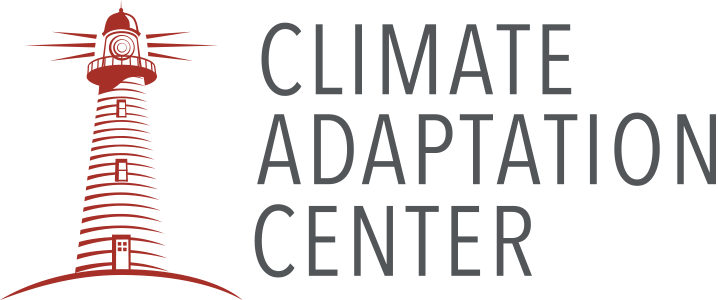Why Florida’s recent microgrid pilots matter for climate resilience — and what communities should do next.
Florida has always been weather-vulnerable. But the combination of stronger storms, hotter summers, and an aging central grid means outages are no longer just an inconvenience — they’re a threat to health, emergency response, and the economic lifelines of communities. That’s why a growing number of Florida utilities, local governments, and developers are treating distributed energy and microgrids not as niche tech, but as frontline climate adaptation. (Reuters)
This fall’s regulatory reports and national coverage make the point bluntly. The Florida Public Service Commission’s microgrid pilot filings (final report released in late October 2025) show pilots across the state testing islanding, battery storage, and coordinated controls to keep critical services running when the main line fails. Separately, national reporting documents rapid microgrid uptake — driven by utilities, big employers, and community programs — as a direct response to extreme weather and rising reliability risks. (Florida Public Service Commission)
Why this matters for climate adaptation in Florida:
Microgrids shrink exposure. Instead of depending entirely on long transmission lines that storms can sever, community-scale systems (solar + batteries, sometimes paired with diesel or hydrogen backup) let hospitals, shelters, water plants and even neighborhood clusters keep operating during extended outages. That reduces cascading harms: lost refrigeration for medicines, failed pumps that worsen flooding, and interrupted communications.
They buy time for equitable planning. When resilience investments are directed toward essential services and vulnerable neighborhoods, they become a tractable adaptation tool — not just a bill for wealthier neighborhoods. Florida pilots show models for grant + rate incentive mixes that prioritize community benefit over luxury resilience.
Microgrids are climate signals for policy. Grid upgrades are costly and time-consuming. Microgrids, demand-side management, and targeted undergrounding can be implemented more quickly and linked to local hazard maps, ensuring investments align with areas of greatest risk and social need. Recent reporting also shows regulators and utilities are beginning to wrestle with the question — who pays for resilience, and how do we avoid leaving low-income communities behind? (PV magazine USA)
What communities should do now:
Map critical services and community assets; prioritize microgrid pilots for water treatment, medical clinics, cooling centers and emergency shelters.
Pair technical pilots with workforce training and local procurement so resilience dollars create local economic opportunity.
Demand transparent resilience accounting from utilities and regulators: show projected outage reductions, social benefits, and maintenance plans before projects scale.
At the Climate Adaptation Center, we see microgrids and distributed energy not as a technological silver bullet, but as practical, place-based tools that can reduce harm from the next storm and the next heat wave. Each year, our conference brings together the scientists, planners, and community leaders working to make Florida safer. Your participation strengthens the research, outreach, and partnerships that turn climate risk into climate readiness. If Florida’s future matters to you, this is where your voice can make a difference.

